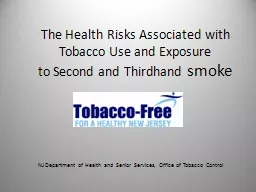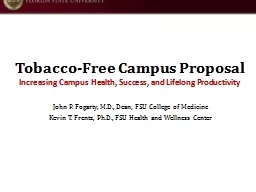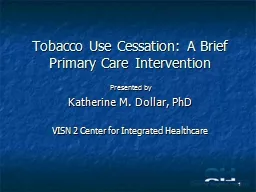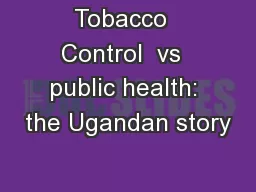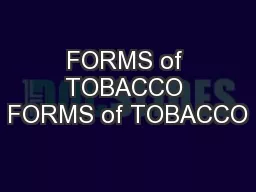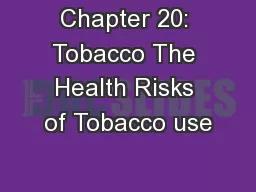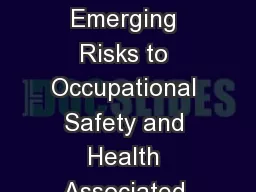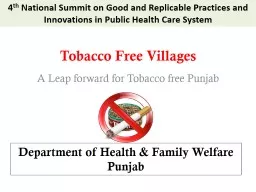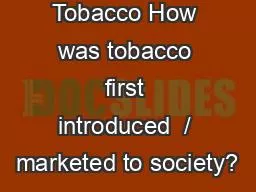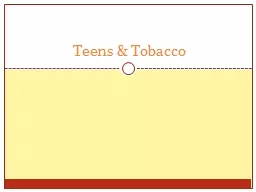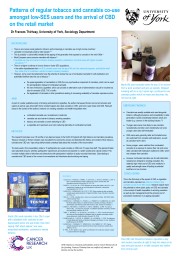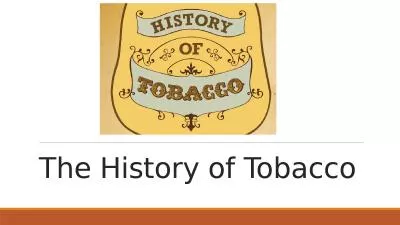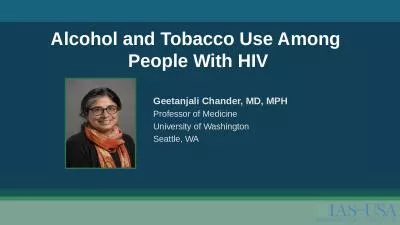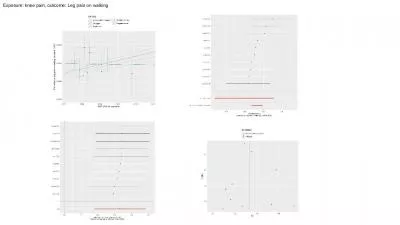PPT-The Health Risks Associated with Tobacco Use and Exposure
Author : calandra-battersby | Published Date : 2016-03-15
to Second and Thirdhand smoke NJ Department of Health and Senior Services Office of Tobacco Control TobaccoFree for a Healthy New Jersey TFHNJ is the Office of
Presentation Embed Code
Download Presentation
Download Presentation The PPT/PDF document "The Health Risks Associated with Tobacco..." is the property of its rightful owner. Permission is granted to download and print the materials on this website for personal, non-commercial use only, and to display it on your personal computer provided you do not modify the materials and that you retain all copyright notices contained in the materials. By downloading content from our website, you accept the terms of this agreement.
The Health Risks Associated with Tobacco Use and Exposure: Transcript
Download Rules Of Document
"The Health Risks Associated with Tobacco Use and Exposure"The content belongs to its owner. You may download and print it for personal use, without modification, and keep all copyright notices. By downloading, you agree to these terms.
Related Documents

